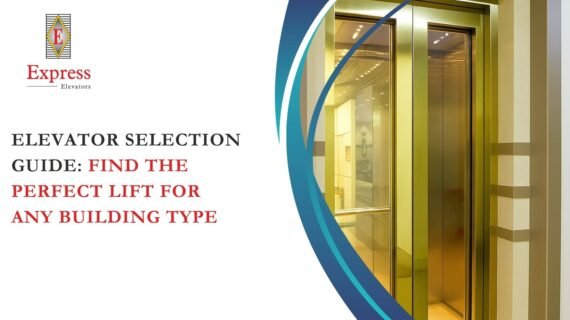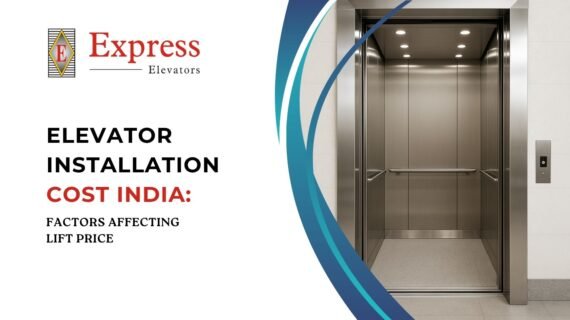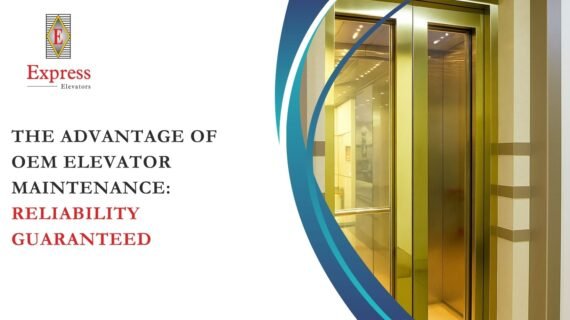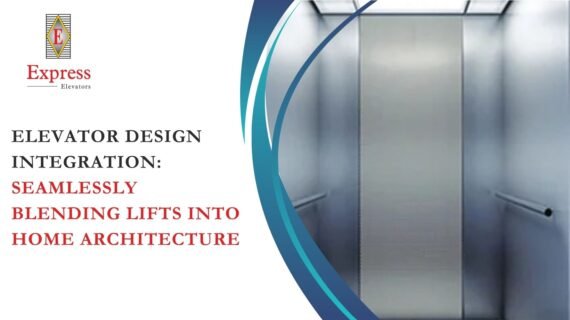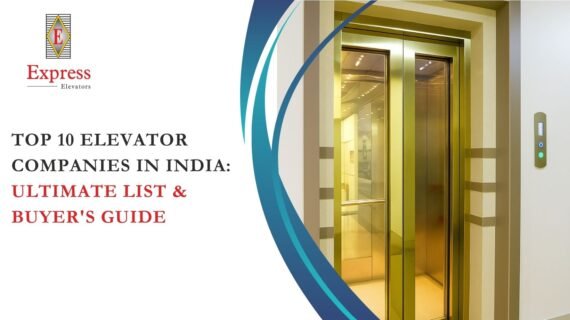Touchless Elevator Solutions: The Future of Safety and Convenience
Most building managers are still fighting yesterday’s battle. While they obsess over sanitizing elevator panels that get touched 200+ times daily, microbial studies show elevator buttons harbor 40% more bacteria than hospital bed rails and 300% more than escalator handrails. The real insight? The touchless elevators market jumped from $1.97 billion in 2023 to a projected $3.71 billion by 2032, driven not just by hygiene theater, but by behavioral psychology: visible technology builds trust at a neurological level, triggering what researchers call “perceived safety confirmation.”
The pandemic didn’t create this demand—it exposed what building occupants had already intuited: traditional elevator interfaces represent the weakest link in vertical transportation safety.
Technology Landscape: The Hierarchy of Touchless Methods
Not all touchless solutions are created equal. Here’s the performance breakdown that separates marketing hype from operational reality:
Infrared Hover Sensors: The Workhorse
Infrared sensors dominate with 40% market share, and for good reason. Response time: 50-100 milliseconds. False positive rate: under 2%. Retrofit compatibility: 95% of existing elevator systems. The technology reads heat signatures at 2-8 inch distances, making it intuitive for users while robust enough for high-traffic environments.
Motion Sensors & Foot-Tap: The Pragmatists’ Choice
Motion detection works brilliantly in low-rise buildings but struggles with crowd dynamics. Foot-tap activation eliminates hand contact entirely but requires user education. Installation complexity: moderate. User adoption curve: steep initially, then sticky.
Voice Command Interfaces: The Wild Card
Voice recognition accuracy has hit 98% in controlled environments, but elevator shafts are acoustic nightmares. Background noise, multiple conversations, and accent variations still create 15-20% command failure rates. However, integration with building-wide smart systems creates powerful synergies.
Mobile Credentials & Destination Dispatch: The Sophisticate
Smartphone integration represents the most seamless user experience—when it works. Deployment requires robust WiFi infrastructure and often conflicts with older building management systems. The payoff: complete elimination of physical touch points and sophisticated traffic optimization.
Critical insight: Reliability trumps innovation. Systems with 99.5% uptime and simple fallback protocols consistently outperform feature-rich solutions with complex failure modes.
Operational Impact: The Numbers That Matter
Traffic throughput improvements tell the real story. Buildings implementing touchless systems report 15-25% faster elevator cycles during peak hours, translating to measurable productivity gains. In a 20-story office building, this means reducing average wait times from 45 seconds to 34 seconds—seemingly modest, but compound that across 500 daily users and you’re looking at 92 hours of recovered time weekly.
Accessibility Revolution: The most compelling data comes from users with mobility challenges or those carrying items. Commercial buildings show 47.2% market dominance precisely because touchless interfaces eliminate the gymnastics required when hands are full or fine motor control is limited.
User satisfaction scores consistently rise 20-30% post-implementation, but the real metric is support call reduction: buildings report 40-60% fewer elevator-related service requests.
Platform Integration: Where Technology Meets Reality
The modernization advantage becomes apparent when examining retrofit scenarios. Legacy elevator systems from the 1980s-2000s can integrate touchless controls without controller replacement in 80% of cases. The key lies in understanding existing infrastructure: buildings with robust electrical systems and modern safety circuits adapt seamlessly, while others require strategic upgrades.
Architecture Integration Checklist:
- Existing controller compatibility assessment
- Power supply adequacy verification
- Network infrastructure evaluation
- Emergency protocol override systems
- Access control system synchronization
Edge computing versus cloud dependency represents a critical decision point. Local processing eliminates latency and network dependency but requires more sophisticated on-site hardware. Cloud integration offers superior analytics and remote monitoring but introduces connectivity vulnerabilities.
Scalability: High-Rise Reality Check
The touchless sensing market projects growth from $9.55 billion in 2025 to $33.06 billion by 2033, but scalability reveals the industry’s maturity gaps. High-rise implementations (20+ floors) expose system limitations that low-rise deployments mask.
Traffic analysis becomes exponentially complex with building height. A 40-story building during morning rush hour creates decision-making scenarios that overwhelm basic sensor systems. Advanced algorithms leveraging machine learning can optimize car assignments and minimize wait times, but require significant computational resources.
Sensor longevity data: Infrared sensors average 7-10 years before drift affects accuracy. Ultrasonic sensors: 5-8 years. Voice recognition systems require annual recalibration and software updates. Plan accordingly.
Integration Ecosystem: The Make-or-Break Factor
Modern touchless elevator systems don’t operate in isolation—they anchor broader building intelligence networks. Integration complexity scales geometrically with system sophistication:
Level 1: Basic touchless controls with manual fallback Level 2: Integration with access card systems and visitor management
Level 3: Full building management system synchronization Level 4: Predictive analytics and usage optimization
API compatibility remains frustratingly inconsistent across vendors. Open-standard support varies wildly, and proprietary protocols still dominate the market. Data privacy considerations multiply with cloud integration—especially concerning voice recordings and credential storage patterns.
Risk, Compliance & Future-Proofing
Accessibility compliance extends beyond physical considerations. Voice-command systems must accommodate speech impediments and language variations. Gesture recognition requires consideration of cultural differences and physical limitations. The most robust implementations offer multiple interaction modes with seamless fallback.
Safety redundancies cannot be afterthoughts. Power loss scenarios, sensor failures, and network outages require immediate manual override capabilities. Emergency responders need intuitive override systems that don’t require specialized training.
ROI: The Long-Term Value Equation
Installation costs vary dramatically: $3,000-$15,000 per elevator for basic infrared retrofits, $25,000-$50,000 for comprehensive smart system upgrades. However, the value equation extends beyond initial investment.
Energy efficiency gains average 8-12% through optimized car movement and reduced idle time. Maintenance cost reductions of 15-20% result from decreased mechanical wear and predictive maintenance capabilities. Tenant satisfaction improvements translate to measurable occupancy rate advantages and rental premium justification.
The Strategic Truth: Buildings implementing comprehensive touchless elevator modernization don’t just improve user experience—they future-proof vertical transportation infrastructure for the next decade of technological evolution.
The Modernization Advantage
For building owners evaluating touchless elevator solutions, the decision transcends simple technology adoption. It represents strategic infrastructure evolution that positions properties at the forefront of occupant expectations and operational efficiency.
Expert elevator modernization specialists understand that successful touchless implementations require deep integration knowledge, careful system selection, and phased deployment strategies that minimize disruption while maximizing user adoption.
The future of vertical transportation isn’t just touchless—it’s intelligently integrated, seamlessly accessible, and strategically implemented by professionals who understand that technology serves buildings, not the other way around.
Transform your elevator infrastructure with proven modernization expertise. The future of touchless vertical transportation starts with understanding what works—and what doesn’t.


